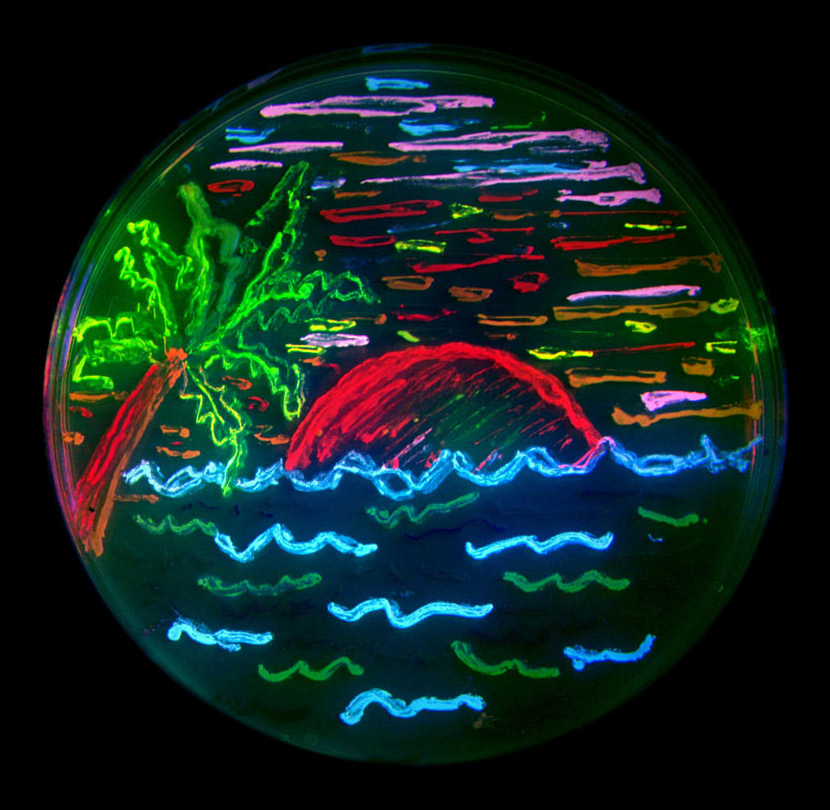Published 28 June 2010 by Martin Fenner
Roger Tsien: Science should be beautiful
Today I talked with Roger Tsien about his research leading to the 2008 Nobel Prize in Chemistry for the discovery and development of green fluorescent protein (GFP). I learned that visually beautiful research results are the best motivation, and that winning a Nobel Prize doesn’t mean that papers and grants come easily – you might still have a manuscript returned from Nature without review.
Roger Tsien’s work personifies some of the themes of this year’s Lindau meeting. He has always been an interdisciplinary researcher, switching between Chemistry, Biology and Physics. He has also been very good in finding collaborators or postdocs that had the required skills or experience. Roger Tsien had worked on visualizing intracellular calcium signaling for many years and knew that GFP is a contaminant of aquorin, used by some of his competitors to study calcium signaling. He was therefore very excited when Douglas Prasher reported the cloning of the GFP gene in May 1992 and immediately (like Martin Chalfie) saw the implications. He had to wait a few months before with Roger Heim he had someone in his laboratory with enough skills in molecular biology to take on the GFP project.
Basic vs. translational research is another recurring theme and this year’s Lindau meeting, and is also the topic of Roger Tsien’s talk on Tuesday: Designing Molecules and Nanoparticles to Help See and Treat Disease. GFP is primarily a tool that can be used to answer many different research questions, and they can be both basic and translational. The importance of the GFP discovery is obvious to everybody who has ever used GFP, as a large number of life sciences researchers have done over the years. But Roger Tsien told me is often asked how GFP can be used to help cure a disease.
Everybody who has ever seen cells, tissues or even animals expressing GFP is overwhelmed by their visual beauty. This has been a big motivation for Roger Tsien, and something he thinks is important for good research. He told me a story from his time doing calcium channel research. To visualize the different wavelengths of UV light emitted, even before the first experiment he spent two days setting up a very expensive piece of equiment to show the appropriate colors (instead of simply green and blue spectra).

At the end of the interview I asked Roger Tsien whether publishing papers and getting grants has become easier since winning the Nobel Prize. He felt that in some other areas of his work this would be true, but getting papers accepted has not become any easier at all.